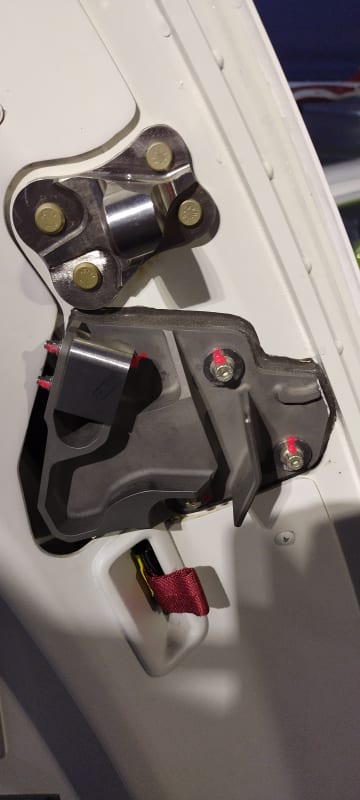SWComposites
Aerospace
- Nov 6, 2000
- 3,639
engines - once again you demonstrate your ignorance. There is nothing to indicate a material problem. Nothing. As far as materials these doors are essentially the same as 10’s of thousands successfully flying every day.

